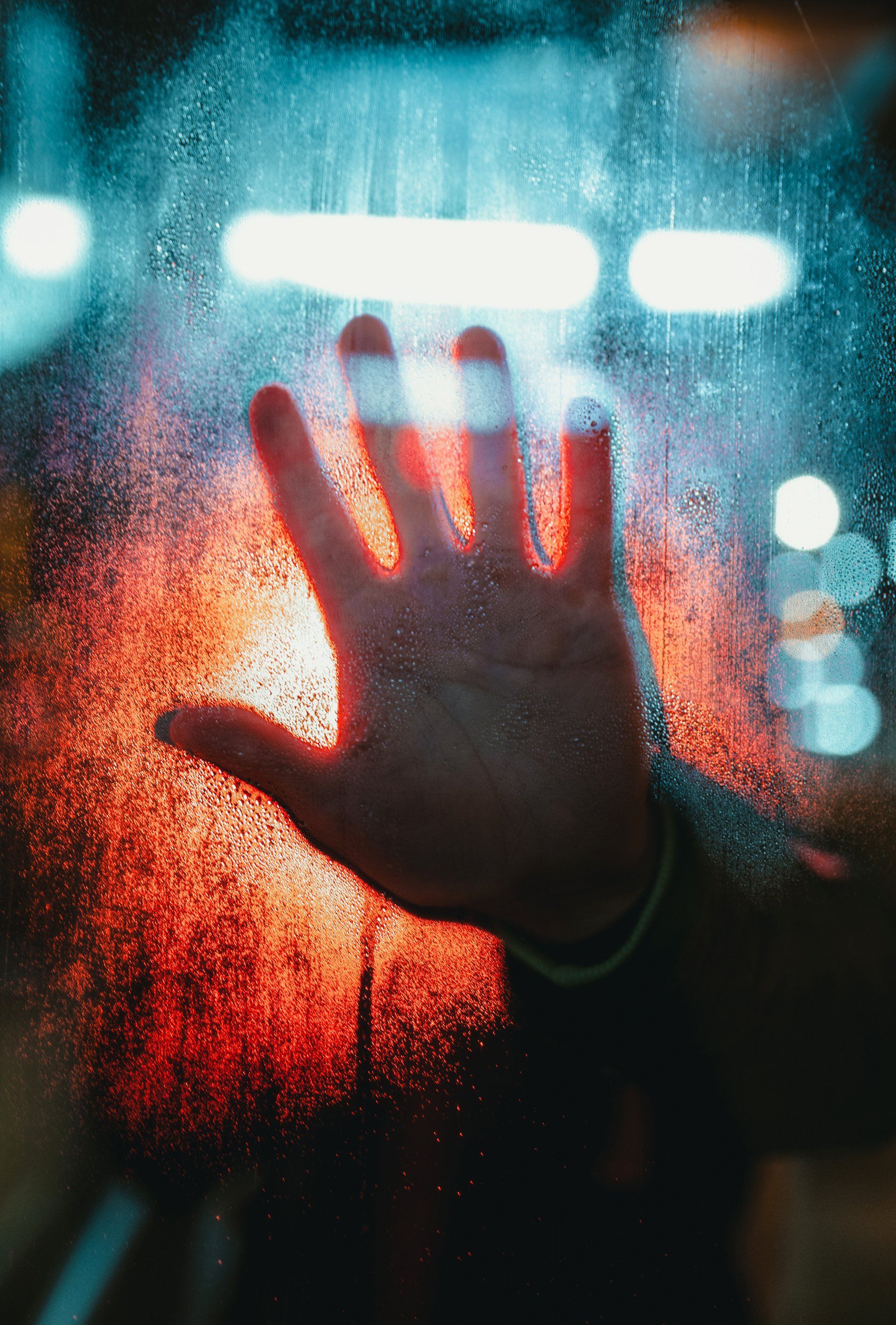Monkeypox fears rise as we see more cases outside London
As reported by the Independent, in early August the fight against the Monkeypox virus outbreak was happening too slowly. Cases had started to rise outside the capital, meaning the disease was spreading, and The Terrence Higgins Trust was becoming very concerned. Let’s take a look at what was happening and how the story has developed since then.
What is Monkeypox?
Monkeypox is a zoonotic infection caused by the Monkeypox virus. Previously it was mostly found in West and Central Africa, with UK cases usually imported from countries where Monkeypox is endemic, or through contact with documented cases.
Between 2018 and 2021 there were just 7 UK cases, four of which had been imported, 2 from household contacts, and one a health care worker caring for a person with an imported case. And before now, community transmission was unheard of. Through August, UK cases have been spiking outside London.
The Terrence Higgins Trust expresses concern at the UK’s slow response
The Terrence Higgins Trust has been involved in coordinating the UK’s response. Four weeks ago they warned how “time is slipping away quite quickly” to limit the outbreak to the capital. Brighton and Manchester were already hot spots, and more break-outs were predicted.
A total of 2,759 infections were detected in the UK, the majority in London. But cases in the South East tripled from 91 to 233 between 6th July and 1st August, a sharp leap. Up in the North West, cases shot up from 71 to 144.
As Ceri Smith, head of policy at the Terrence Higgins Trust, said, “If the Monkeypox outbreak continues at the kind of pace that we’re seeing and especially if it starts to affect other cities – we are beginning to see potentially an increase in places like Brighton and Manchester – we’re quite worried we’ll then start to see a knock-on impact on sexual health services that are more geographically dispersed.”
More experts give their opinions on Monkeypox
The British Association for Sexual Health and HIV is also aware of the increase in cases, but says most cases were still in London. At the same time an advisor to the World Health Organisation hints it’s only a matter of time before the UK sees a Monkeypox death, since we’re already seeing fatalities in Spain and India. But it isn’t always easy to attribute deaths to the virus because people die weeks after catching Monkeypox, not straight away.
As the number of cases increases, experts expect to see more deaths – plus “a higher death rate than we’ve got at the moment.”And while the outbreak so far has mostly affected gay, bisexual, and men who have sex with men, anyone can catch it.
Monkeypox goes international
The UK’s Monkeypox vaccination programme rollout is being sped up and extended in London. The government has bought another 100,000 doses of the Imvanex jab, usually used for Smallpox but equally effective against Monkeypox because the viruses are so closely related.
So far over 16,000 cases of Monkeypox have now been reported in 75 countries, with a total of five deaths. That was on 8th August. By 16th August case numbers here had increased even more with 3081 confirmed cases and 114 highly probable cases in the UK alone, 3050 of which were in England.
Do our UV anti-viral lights kill Monkeypox?
In a word, yes. Our UVC light fittings kill the Monkeypox virus. Plus all sorts of other horrible diseases including MERS and SARS, Hospital Acquired Infections, and of course the grand-daddy of them all, Covid itself. Keep yourself, your staff, your customers, visitors and suppliers safe, do it affordably, be prepared for the next pandemic – which isn’t a matter of it, it’s ‘when’.










